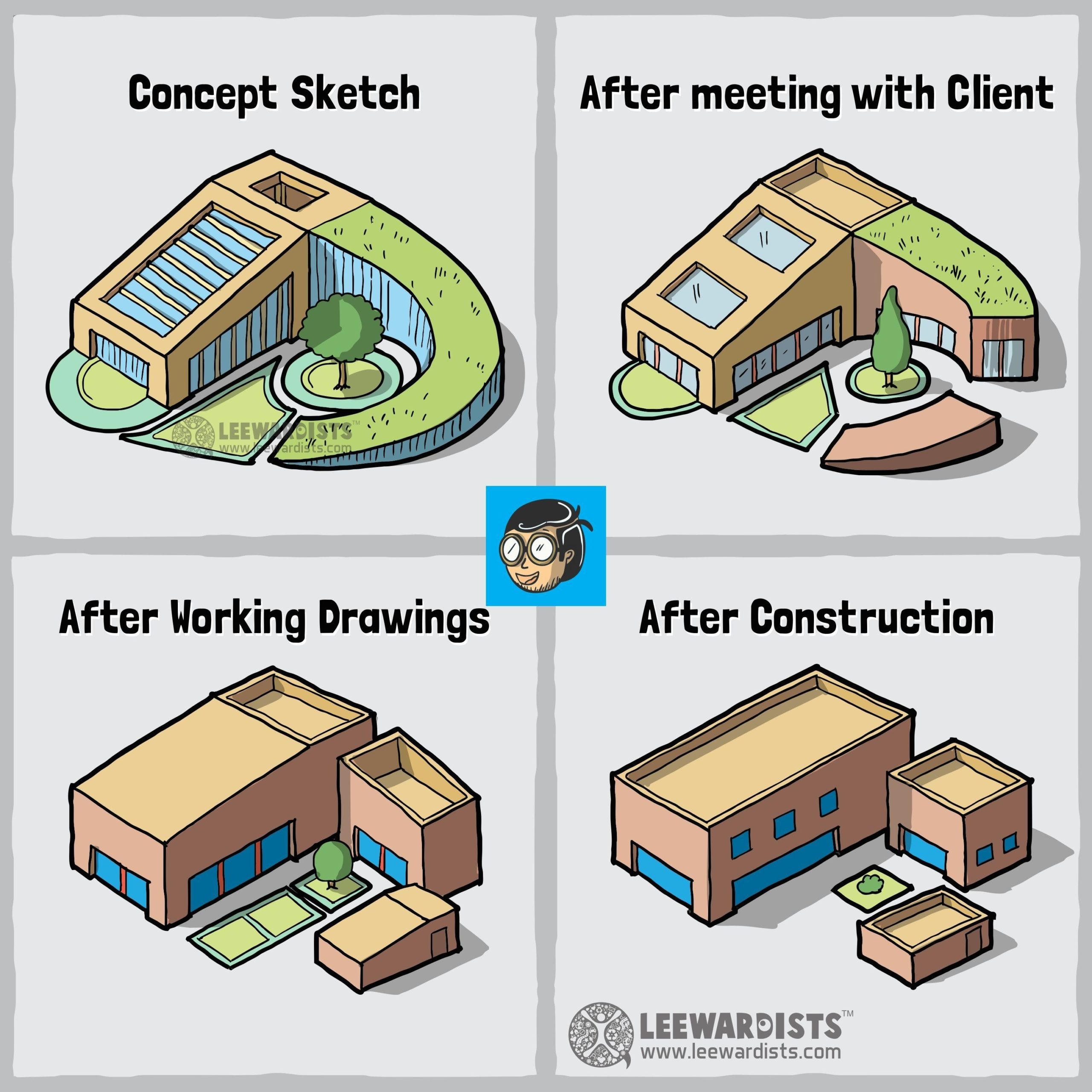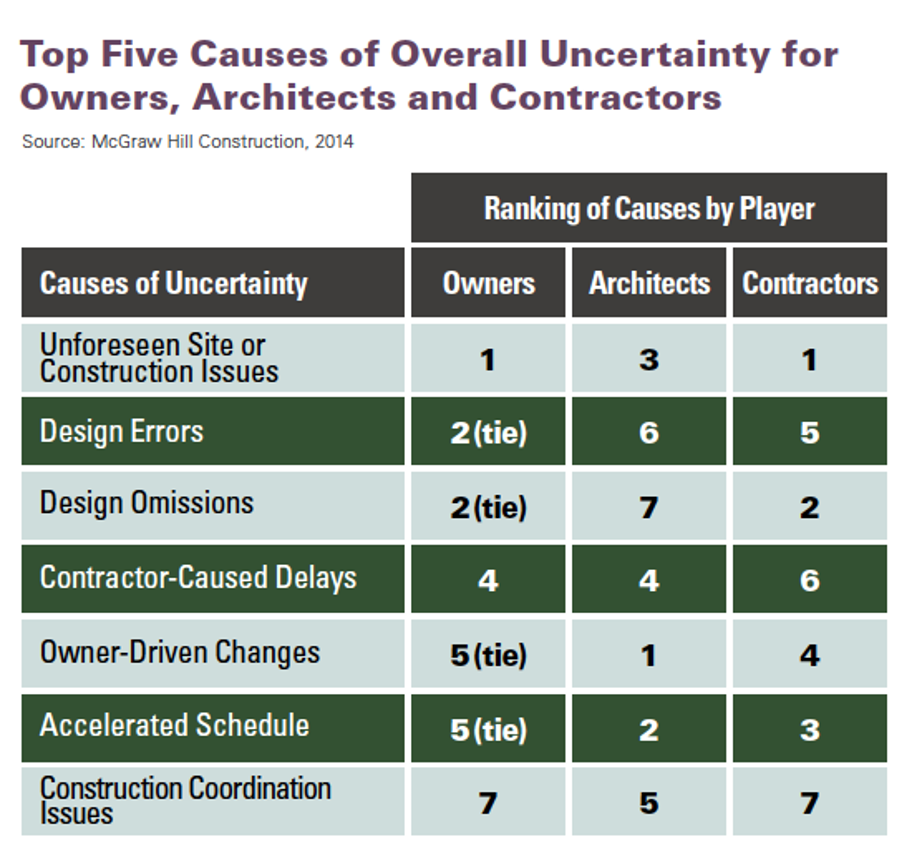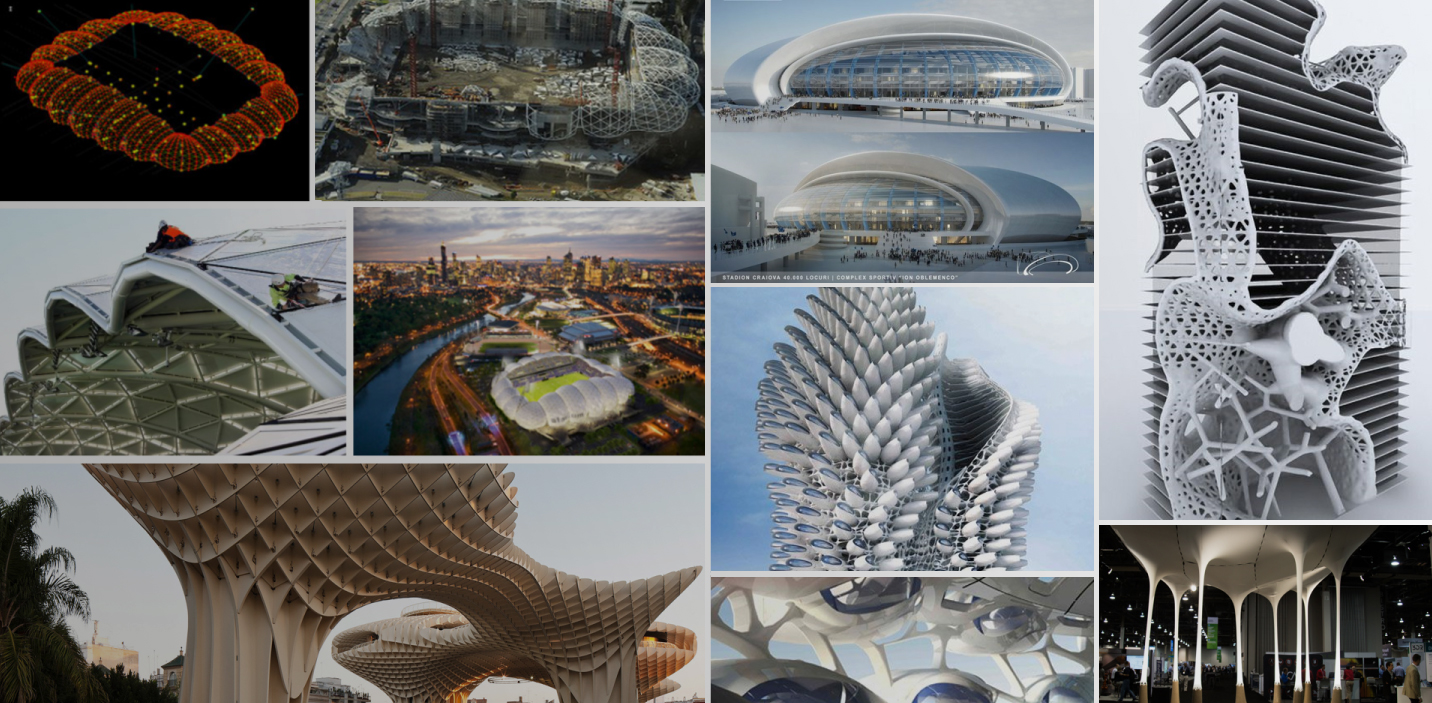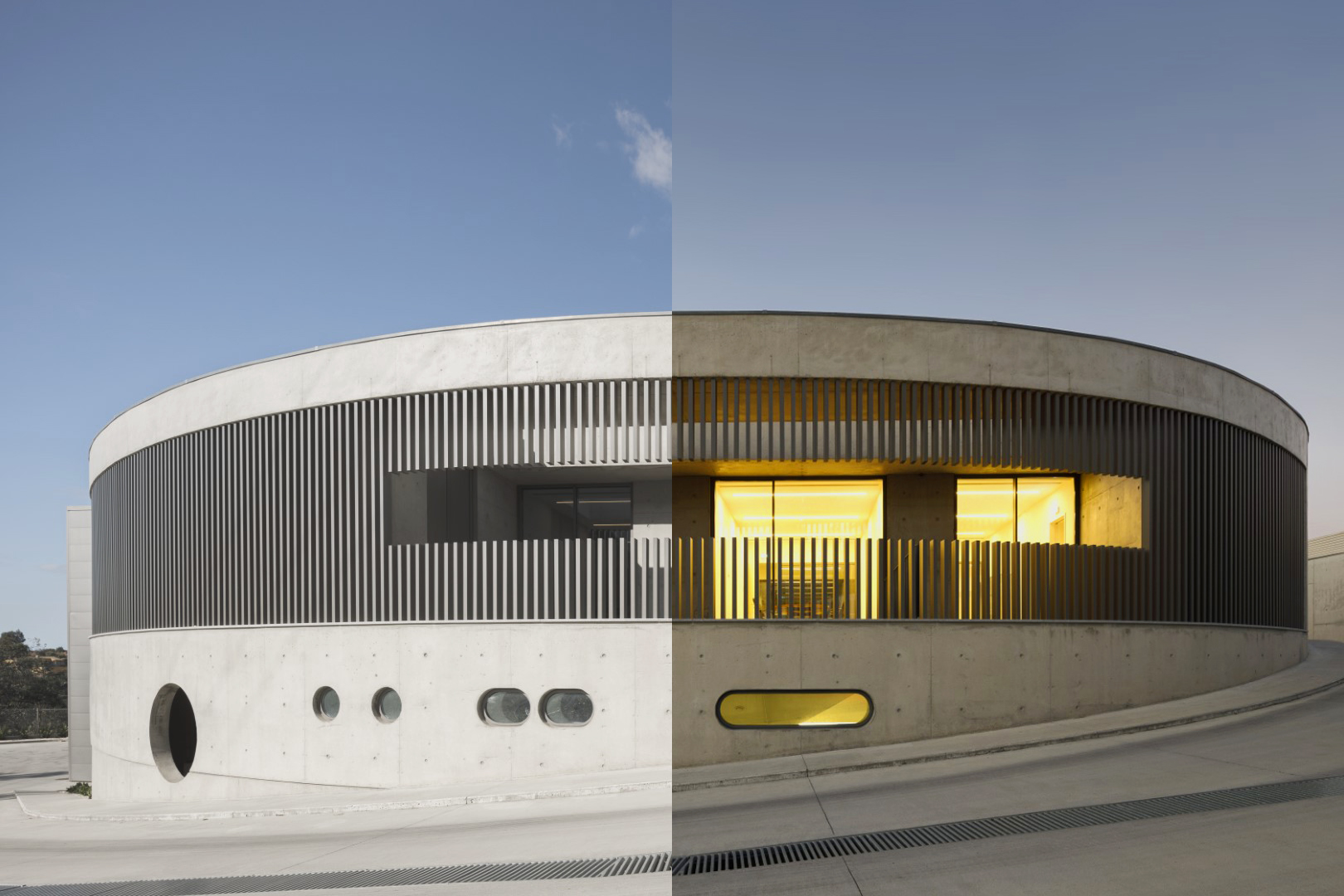Eitan Tsarfati is a serial tech entrepreneur and Co-Founder and CEO of Swapp, an AI-based construction planning company which partners with architects to leverage the power of AI-driven platforms.
Every architect on the planet faces the same challenge: The way you envisioned your design is pretty different from the final result.
If you ever felt that way you’re not alone. I remember the first time my office won a new project, I was excited to start the design process. Yes, I am not ashamed to admit that from day one, I thought about the shapes, the forms, the tone — and imagined how this new project will inspire others for the years to come. But, very quickly, from the first meeting with the owner, my dreams were met with the harsh reality of budget constraints, engineering requirements and a tedious process that squeezed out every ounce of creativity I had.
Sounds familiar right? Whether it’s a stadium, a museum or a multi-family residential project, the planning process is long and complex. There are too many hands in the pot. The owner, the different consultants (every year it seems that we see more of them don’t we?), financial advisors, and the list goes on. By the time it ends, you can hardly recognize your dream design.
But you all know that already.

An illustration which exaggerates the distance between the vision and the result, but you get the point… image via Leewardists
In an AIA report, different stakeholders such as architects, owners and contractors were asked to rank the key drivers of uncertainty on building projects.
Alongside unforeseen site conditions, which is among the top three factors cited by all participants, architects ranked owner-driven changes and accelerated schedule as leading force for uncertainty in projects. Owners and contractors on the other hand pointed to the design team (design errors and design omissions) as a leading factor. Unclear project requirements at the outset, identified by all parties as the top driver behind owner-driven changes.

I would argue that the way to bridge the gap between our dream design and the demands of the different stakeholders like owners and contractors is to embrace technology that allows architects to gain more insight and control over the process.
There are several sets of data architects are usually missing in order to make necessary adjustments while protecting their creative vision in the planning process. Many times, they are not fully aware of the site’s requirements and limitations. Another major missing variable is the owner’s financial objectives and the calculations made to achieve them.
The end result is usually similar — architects end up spending too much of our time on tedious repetitive iterations and tasks, and when changes are required, they have to do it all over again.
Over the past five years, various technologies have been developed to help architects gain valuable insights and even help automate many of the SD-DD-CD tasks, specifically manual ones which offer architects no added value.
Generative Design
Many of you are already familiar with and use “Generative Design” tools. Generative design has been helping architects discover dozens and hundreds of designs which include sketch constraints and goals. They solve the need to create what some would call “boring” building designs which lack a “soul” or a clear design concept. One of the main challenges of generative design, raised by Daniel Davis in his article “Generative Design is doomed to fail”, is that it offers hundreds of options to choose from without screening and ranking of the options according to methods used by architects in their design process.
I expect this will be improved over time, especially when combined with what I call “top-bottom” analysis in the form of AI-powered planning platforms which will eventually help architects to free up more time, from the screening of too many design options to focusing on creative solutions.

Airbus factory layouts analyzed by the generative design system; video courtesy Autodesk
AI-Powered Planning Platforms
When addressing the need to create space for creativity, time is important and like in many other industries, architects understand today that data (and the tools to analyze it) is king. If we want to take an active role and create space for our creativity then we have to approach the planning process differently.
One of the main technologically-driven developments in any industry has been the use of AI-powered platforms. In our industry, these platforms allow architects access to data and deep analysis which are pivotal in creating designs that fit their vision and design concept while taking into consideration the demands of all the other stakeholders in the process.
Remember the key drivers of uncertainty architects had to rank in the AIA report? Today, there are many software platforms that help bridge the gap between our dream design and the demands of the different stakeholders. They aggregate and analyze a tremendous amount of data to help architects collect more information on a site, gaining greater control over a project, and the different challenges that may arise along the way. In recent years, the number of relevant data sources has significantly increased, leading to new analytical tools which can help architects predict various considerations such as site challenges and opportunities, project costs by construction method, as well as architectural and MEP strategies by project type.
Using these types of technologies, architects can find a balance between their vision and their clients’ cost constraints. They can also take control by including their ROI goals, embedding them into each design and having an algorithm analyze and compare them to data sets. Architects can save a lot of time and effort in analyzing their designs, from energy efficiency to occupants’ wellbeing parameters in a click of a button.
For too long, architects have taken the back seat in the planning process, fulfilling, and sometimes struggling to meet, the requirements and needs of other stakeholders. The latest technological developments allow them, for the first time, to take the wheel in the planning process.
By embracing technology, architects will begin each project with more data, AI super-powers to analyze it, and greater overview of key requirements, enabling them to better serve their clients while protecting their creative space. The architecture industry is in the midst of a technological revolution — and the future has never looked so bright.
Eitan Tsarfati is a serial tech entrepreneur and Co-Founder and CEO of Swapp, an AI-based construction planning company which partners with architects to leverage the power of AI-driven platforms. He is an architect and a Harvard-Business School Alumnus who served as the former CEO of Autodesk Israel.
Top image via Autodesk / New Atlas









